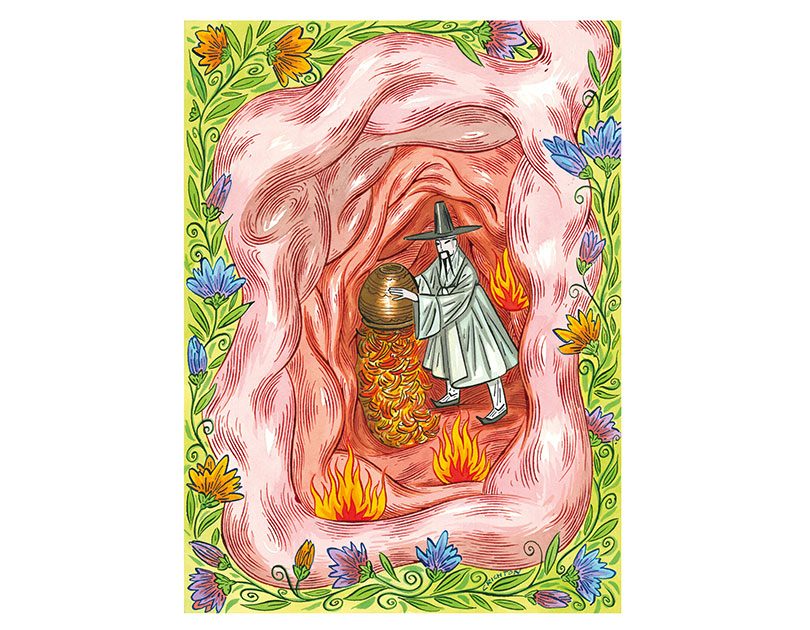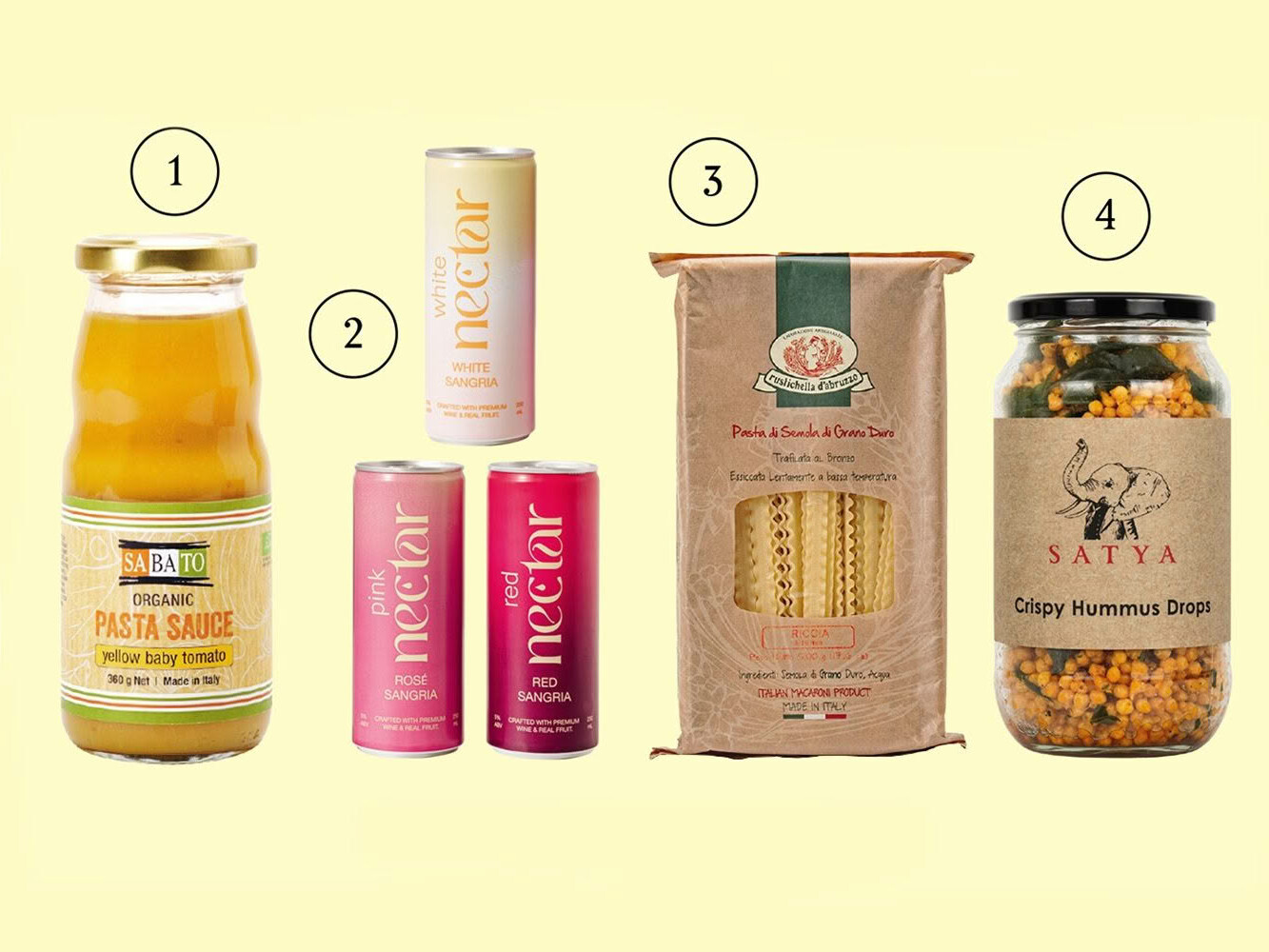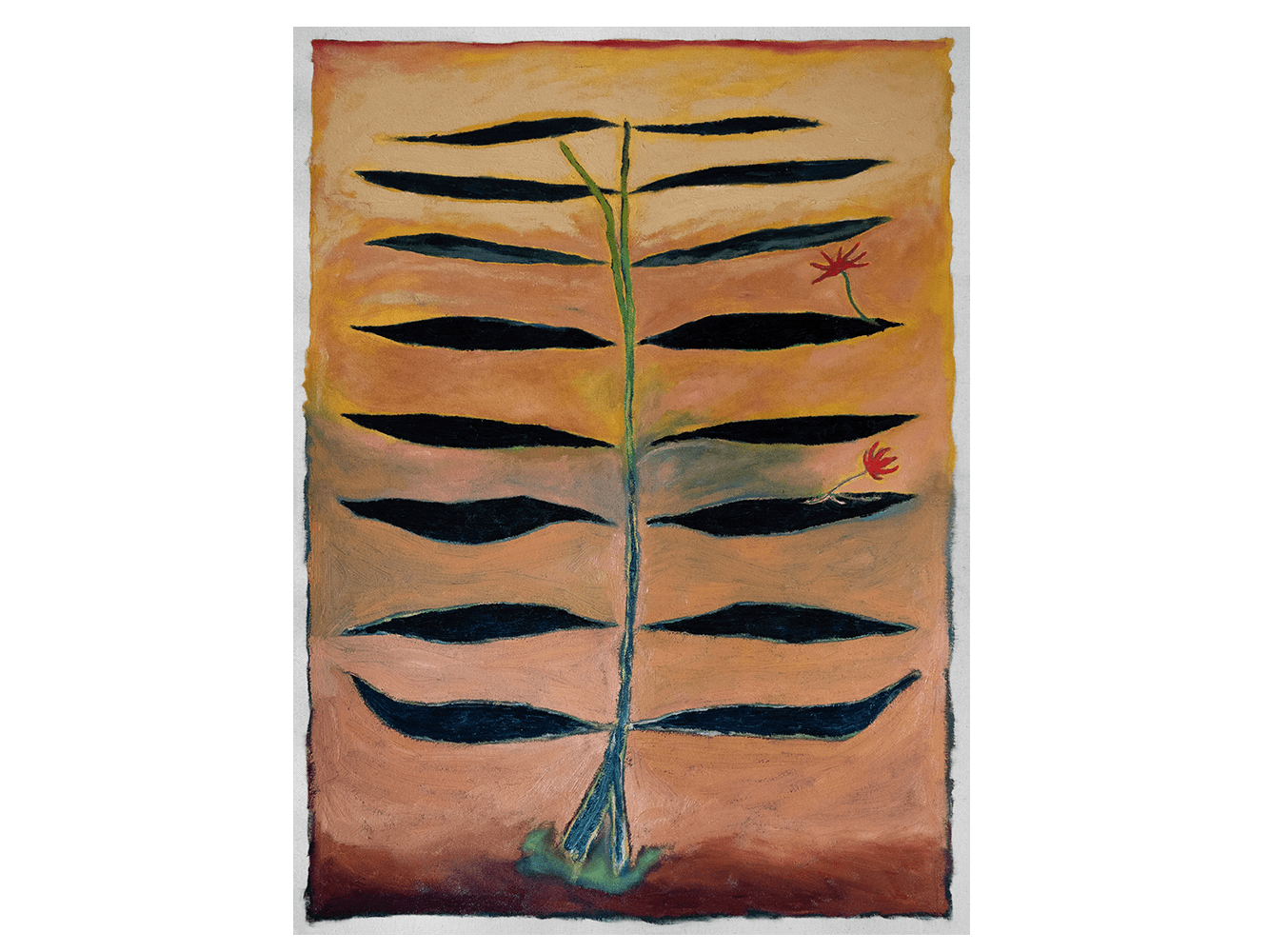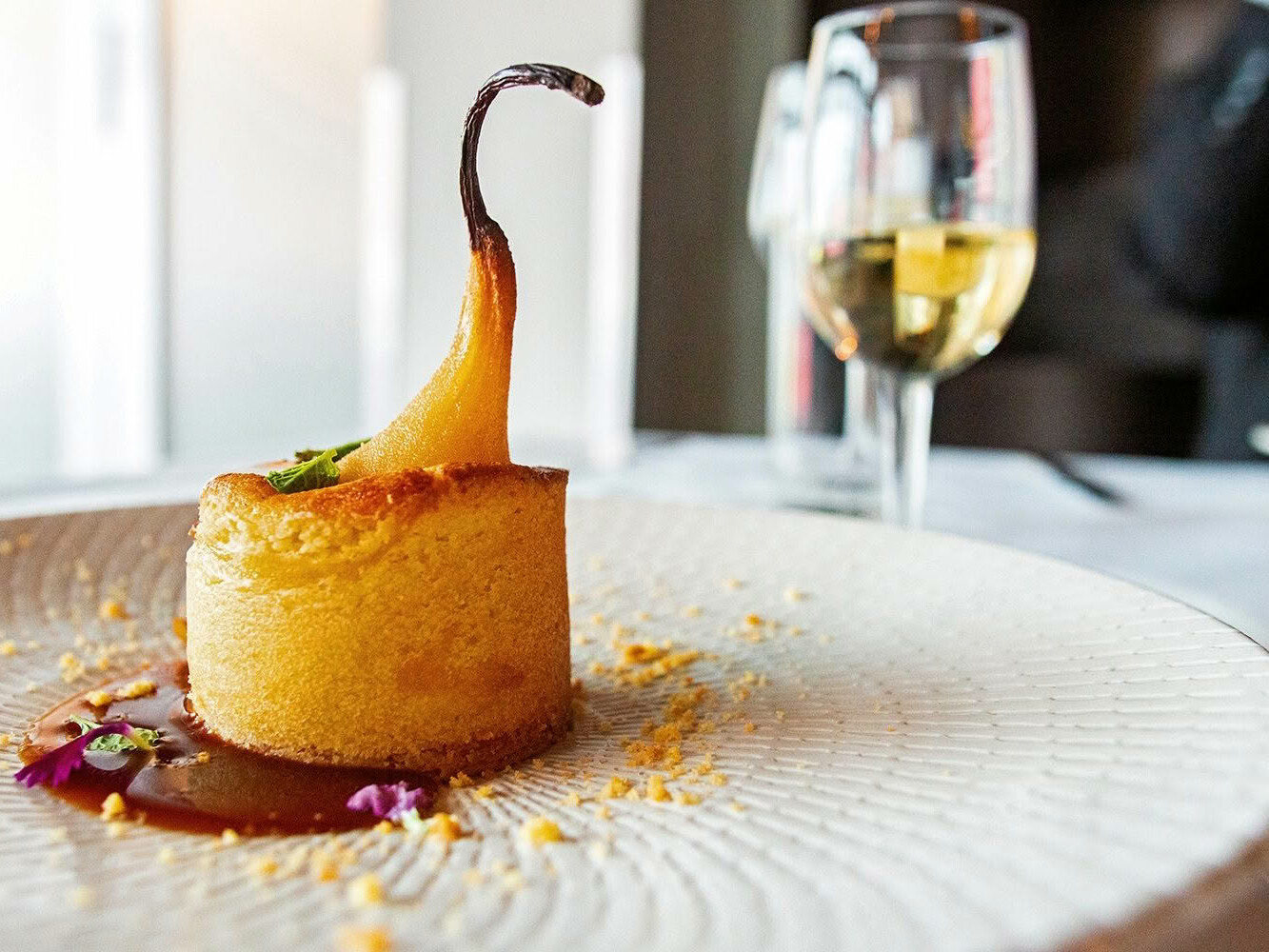Eating the right foods nurtures digestion and promotes health. Claire Chitham and Kylie Bailey, authors of Good For You, explain how to encourage flowers – not weeds – to flourish in the gut.
The cornerstone of a healthy immune system and cells is good gut health. More than 100 trillion bacteria live inside our digestive system. Known as our gut microbiota, there are both good and bad guys – but they all contribute to breaking down what we eat and feeding our body the nutrients it needs to survive and thrive. And, sheesh, we can put our systems under some serious pressure when we add stress, excessive alcohol or sugar and a poor diet into the mix.
The good news is that by making wise food choices we can actively help defend the health of our digestive system and gastrointestinal tract. In turn by working smarter in this way, not harder, we boost our immune cells.
It’s all about feeding our gut microbiota in a way that maintains balance between good bacteria and bad. A great way to achieve this is by eating natural wholefoods that are rich in probiotics and prebiotics. Doing this daily feeds the gut the ingredients it needs to grow and maintain a healthy ecosystem.
Ancient wisdom
Probiotics are the bacteria and yeasts that live in our intestines. They are needed to support digestion, the absorption of nutrients and vitamins, and to help eliminate cravings for sugar and starchy carbohydrates.
If you don’t consume foods full of probiotics and prebiotics and instead eat lots of starchy and sugary foods, the gut responds by overproducing bad bacteria. It’s like a garden in your stomach; you can choose to grow weeds or flowers, depending on the ingredients you feed it.
If you need a little push towards starting your own love affair with probiotic and fermented foods, look to the ancient past – they knew a thing or two back then.
Pickled and fermented vegetables have been in existence much longer than any of us have. The first record of fermented foods dates back to the Neolithic age (that’s around 10,000BC) and they continue to be used in traditional cultures the world over.
Ferments such as sauerkraut, kimchi and yoghurt are functional foods. Not only are they delicious, zingy sides for any protein, but they’re also jam-packed with probiotics, which help the body break down and absorb the nutrients of the dish you’re eating. Throw a tablespoon of sauerkraut next to every meal – on top of scrambled eggs for breakfast, and alongside a locally sourced piece of meat or fish for dinner.
For a meal on the run, there’s nothing more delicious than a smear of avocado and a dollop of sauerkraut on good- quality gluten-free bread. Think about substituting fermented foods wherever you can. If you like pickles on a burger, chances are you’ll probably like sauerkraut on one too, or on a piece of toast or in a salad.
Fermenting foods with a simple starter culture is a fail-proof way to use up leftover seasonal cruciferous veges (such as cabbage) and to create something full of healthy bacteria. All you need is either a fermenting crock or two large mason jars (one to fit inside the other), cabbage, Himalayan salt, the starter culture and some caraway seeds for flavour.
Science shows us that when we ferment with a starter culture, it boosts the amount of Lactobacillus plantarum. This bacterium is important because it performs a wide variety of functions.
Remember your gut garden, where you can choose to grow weeds or flowers? Lactobacillus plantarum helps us grow flowers. Eating enough of it can help to reduce inflammation in the lining of the gut, and to heal and seal it so that our digestion can function optimally.
It’s important to note that some people may have an allergic reaction to consuming raw sauerkraut and so the advice is to start low and slow. Add a teaspoon to your meal every few days, monitor how your body reacts and then build up from there. If you experience any pain or discomfort, consult your health professional.
If you’re keen, you can make your own ferments and not only gain the health benefits, but help to eliminate food waste and stretch the dollar. Or choose a raw, organic sauerkraut from the chilled section of the supermarket. Organic is important here, as it won’t contain any artificial preservatives that would kill both good and bad bacteria. Anything outside the chiller contains preservatives to make it shelf stable.
Broth of life
Another way to pack in the probiotics that heal and seal the gut is to drink bone broth. Make your own or try to find organic beef or chicken broth in paste or liquid form. The dried powder is a great back-up but the best-quality broth really makes it count.
Bone broth is simple to make, especially if you want to use up a chicken carcass or are looking for a budget-friendly option. Alternatively, you can pick up some organic beef bones from the butcher for just a few dollars.
The minerals, collagen, proteins and amino acids in bone broth are valuable – the collagen provides the glue that holds our bodies together. To make it, add bones to a large stock pot along with a dash of apple cider vinegar, which helps draw out the minerals in the bones. Add 1-2 teaspoons of Himalayan salt and black peppercorns and top up with water. Simmer on the stove for 8-12 hours. Strain off the mucky stuff on top, cool, season with salt and pepper to taste and then pour into jars. Bone broth keeps in the fridge for 3-4 days or freeze it into ice cubes to make it last longer. Add the broth cubes to any dish where you would use water –an easy way to pack in those gut-friendly probiotics.
It takes two
If probiotics are the garden, think of prebiotics as the organic fertiliser. These soluble, fermentable fibres dissolve in our guts and act as food for the probiotics that live in our gastrointestinal tract. They are vital for creating the environment the bacteria in our gut garden need to thrive and work by helping to prep the digestive system. When the friendly bacteria in probiotics enter the tract, the two work in harmony to nourish the gut and reduce inflammation. Eating more prebiotics helps increase the beneficial microbes (both directly and indirectly) in the gut.
Probiotics and prebiotics have been proven to work together to support an increase of anti-inflammatory immune cells and to reduce the expression of pro-inflammatory immune cells.
Through our food choices, we can influence the delicate dance between the two and support ourselves to have both a healthier digestive system and a stronger overall immune system.
Access prebiotics by choosing to eat raw alliums, such as garlic and onion. Leeks – another allium – are also an excellent source of this fermentable fibre, along with daikon radish and asparagus. Fibrous vegetables, such as silverbeet, broccoli and kale, are great additions because their fibre content helps them move quickly and easily through the digestive tract.
If you can’t stomach raw onion or garlic, there are many good-quality wholefood supplements on the market that include a mix of prebiotics and probiotics, but upping those leafy greens is ideal. Quality counts here. Get to know your source – research the manufacturer and find out how it produces its supplements. Generally, wholefood supplements will be more expensive than their synthetic counterparts, with good reason.
Get the balance right
The good gardener is ever alert, looking for opportunities to include fermented foods, broths and prebiotics in the daily routine. Good health starts in our gut – so feed it with as much goodness to help body and brain function at their best and keep stress and inflammation at bay.
Get naturally occurring prebiotics from:
• Raw onions
• Raw garlic
• Leeks
• Daikon radish
• Asparagus
Get naturally occurring probiotics from:
• Yoghurt (or dairy-free coconut yoghurt)
• Sauerkraut
• Kimchi
• Bone broth
Good For You
During her early 20s actor Claire Chitham, who has Crohn’s disease, spent a long time healing her gut. Now in her 40s, she makes it a priority to keep its delicate balance and maintain a healthy garden of bacteria. Claire and health journalist Kylie Bailey have written a handbook to share their insights and knowledge. Find out more at goodforyoutv.co.nz.
SEE MORE FROM CUISINE
Design File / Jessica Crowe / stylist, painter / Whangamatā
Though you may not know Jessica Crowe’s name, if you are a regular…
Traffic July / August 2025
Josh and Helen Emett continue the elegance and success of Gilt, with…






